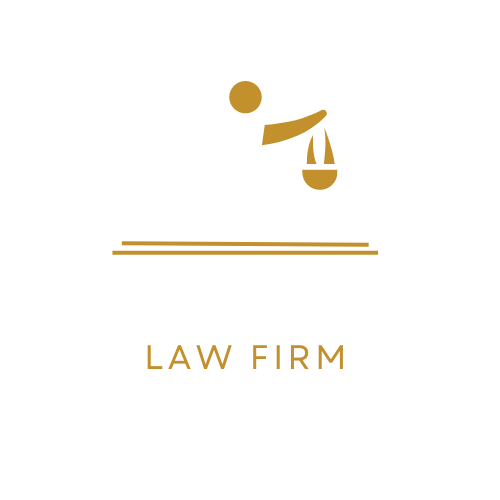
Start exploring schools using LSAC, law school websites, forums and reviews online, guidebooks and your pre-law advisor (if applicable). Request law school viewbooks and brochures.
Prepare an LSAT study plan as needed and request recommendation letters from professors, employers, and mentors. Set a realistic LSAT score target; and retake the exam if necessary.
Fall
As summer winds down and applicants begin their fall applications, applicants should focus on finalizing any programs for which they are applying in August or later. Make sure all undergraduate transcripts have been sent directly to LSAC; file the FAFSA (opening October 1); and request letters of rec from recommenders by mid-August at the latest.
Be mindful that most law schools offer rolling admissions, making it never too late to apply. December through February could see lower acceptance rates than earlier due to competition and admissions committees reviewing applications on an ongoing basis. Before applying in December through February, make sure that your personal statement(s), diversity essay(s), and any supplementary essays have been edited thoroughly before submission – this includes proofreading any edits to them as well as scheduling interviews after your application has been received by schools and reviewed.
Winter
Navigating law school application deadlines may seem like a daunting task, but it doesn’t need to be. By familiarizing yourself with each law school’s admissions timeline and deadlines in advance, you can ensure your application package arrives on time.
Law school applicants should also note that re-admission may require an addendum detailing why you left another JD program, along with an official transcript showing you have returned in good standing.
New York Law School requires that applicants participating in its Honors Early Decision program submit both a complete CAS report and LSAT score to LSAC by December 1 or sooner, particularly those applying for programmatic scholarships such as: AnBryce Scholarship Program, Cybersecurity Service Scholarship, Furman Academic Scholarship and Public Policy Scholarship, Latinx Rights Scholarship Root-Tilden-Kern Public Interest Scholarship as well as Leadership Program in Law & Business or Law and Social Entrepreneurship.
Spring
Now is the time to put all your law school research together into one cohesive list, as well as begin working on your personal statement while keeping best practices in mind. Now is also an opportune moment to reach out for recommenders’ letters of recommendation and plan summer plans that will enhance your application and resume.
Register with LSAC’s Credential Assembly Service (CAS). This service allows you to combine your LSAT score, transcript(s), letters of recommendation and official report into an official report that can be sent directly to each school where you plan on applying; nearly all ABA-accredited law schools require it as part of their application requirements.
Starting applications and keeping in mind each school’s deadline and admissions timeline. After applying, prepare to interview and await acceptance or waitlist decisions as well as possible housing options if needed. Be sure to attend open houses and orientation events if accepted into one or more schools as well.
Summer
Time to organize your applications! First off, check that your LSAT scores have arrived at LSAC, so they can be sent directly to each school you list. Next up? Secure recommenders – and ensure they understand exactly what letters they should submit as soon as needed!
Most law schools use rolling admissions cycles, so being one of the early applicants gives you an increased chance of admission, especially if your GPA or LSAT scores don’t meet expectations.
If accepted, you can negotiate your financial aid package and start meeting other admitted student through open houses and orientation events. By doing this, you’ll gain an understanding of who might become your classmates as well as start thinking about your career goals and where you plan to practice law – this process will also help determine which schools to accept and which to put on waitlist.

